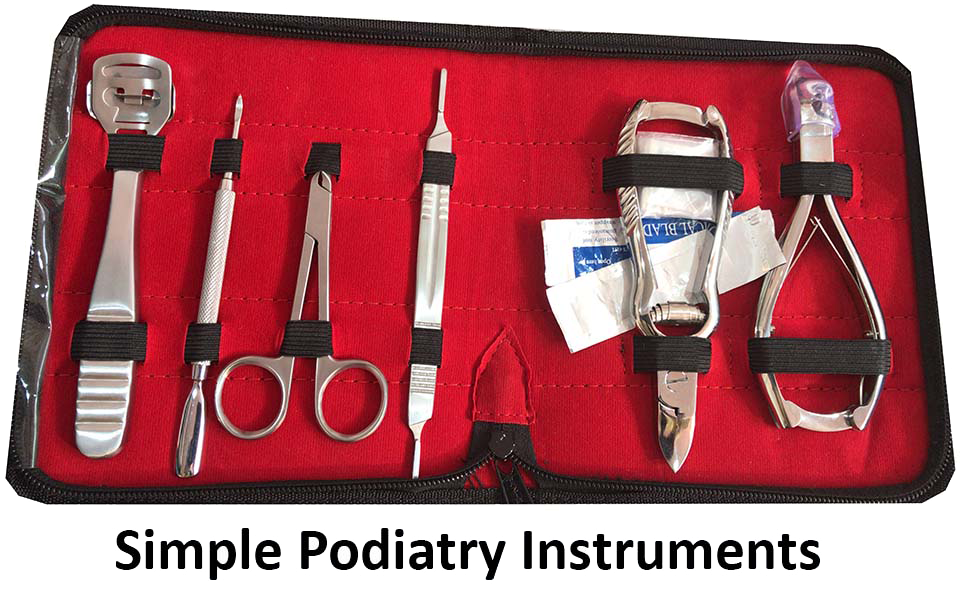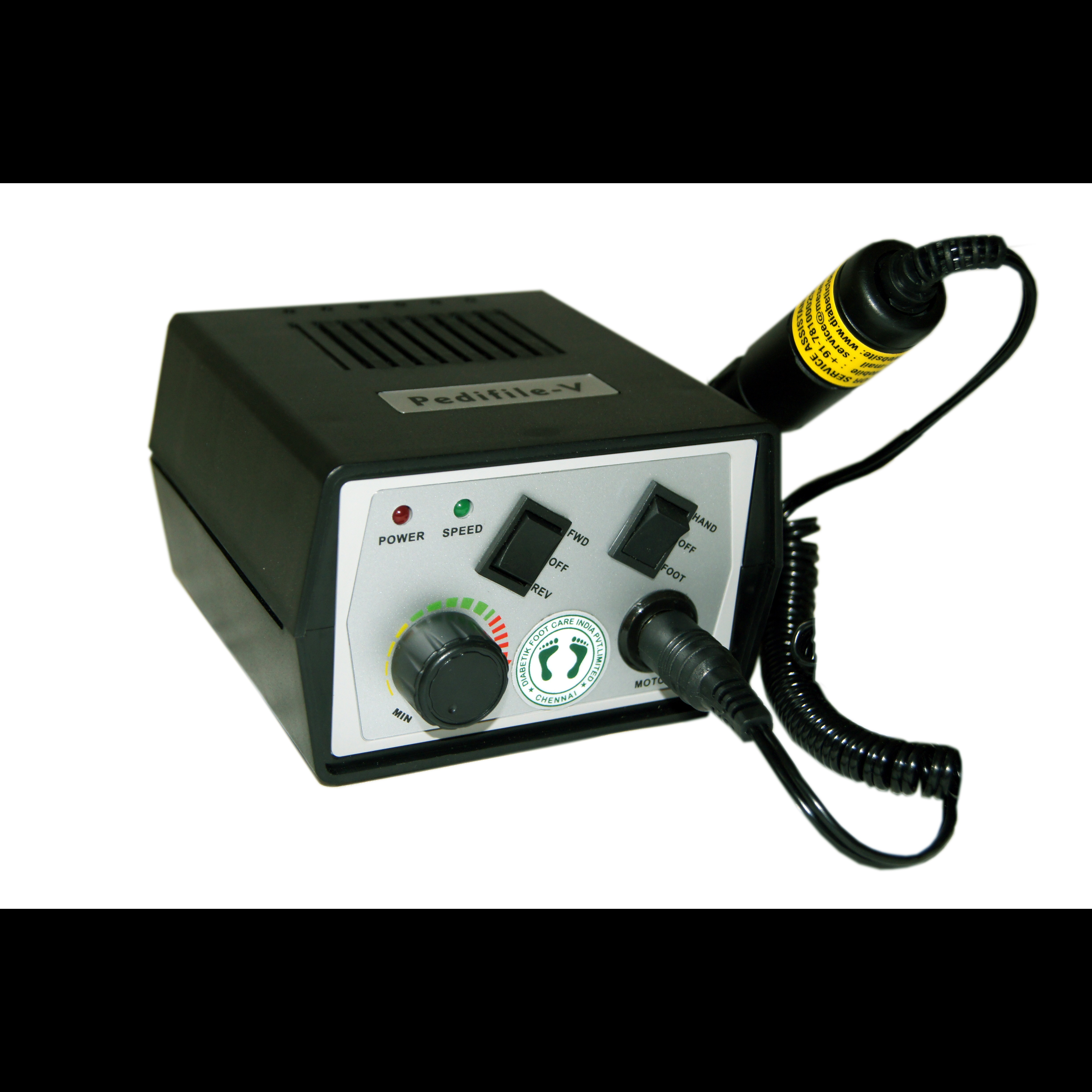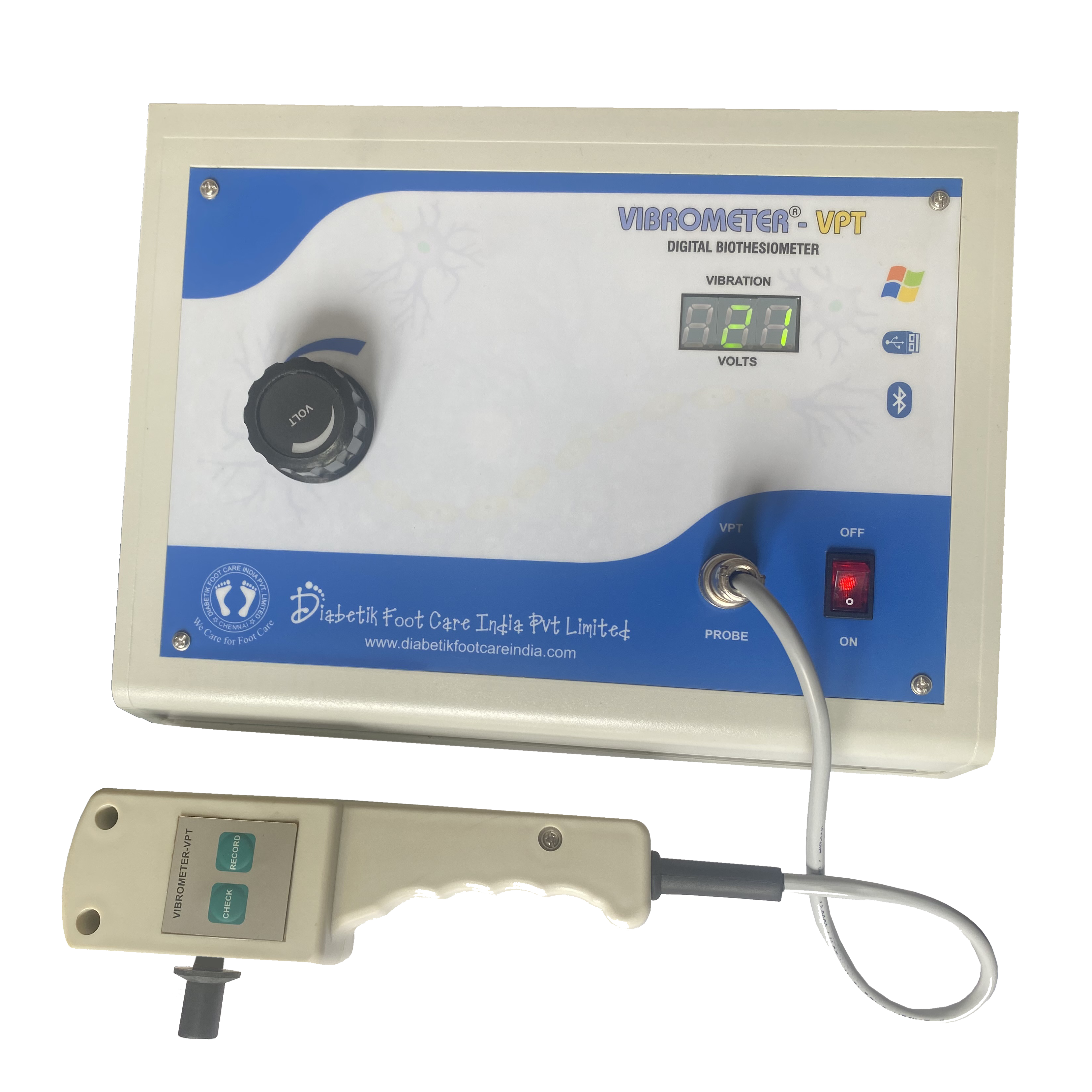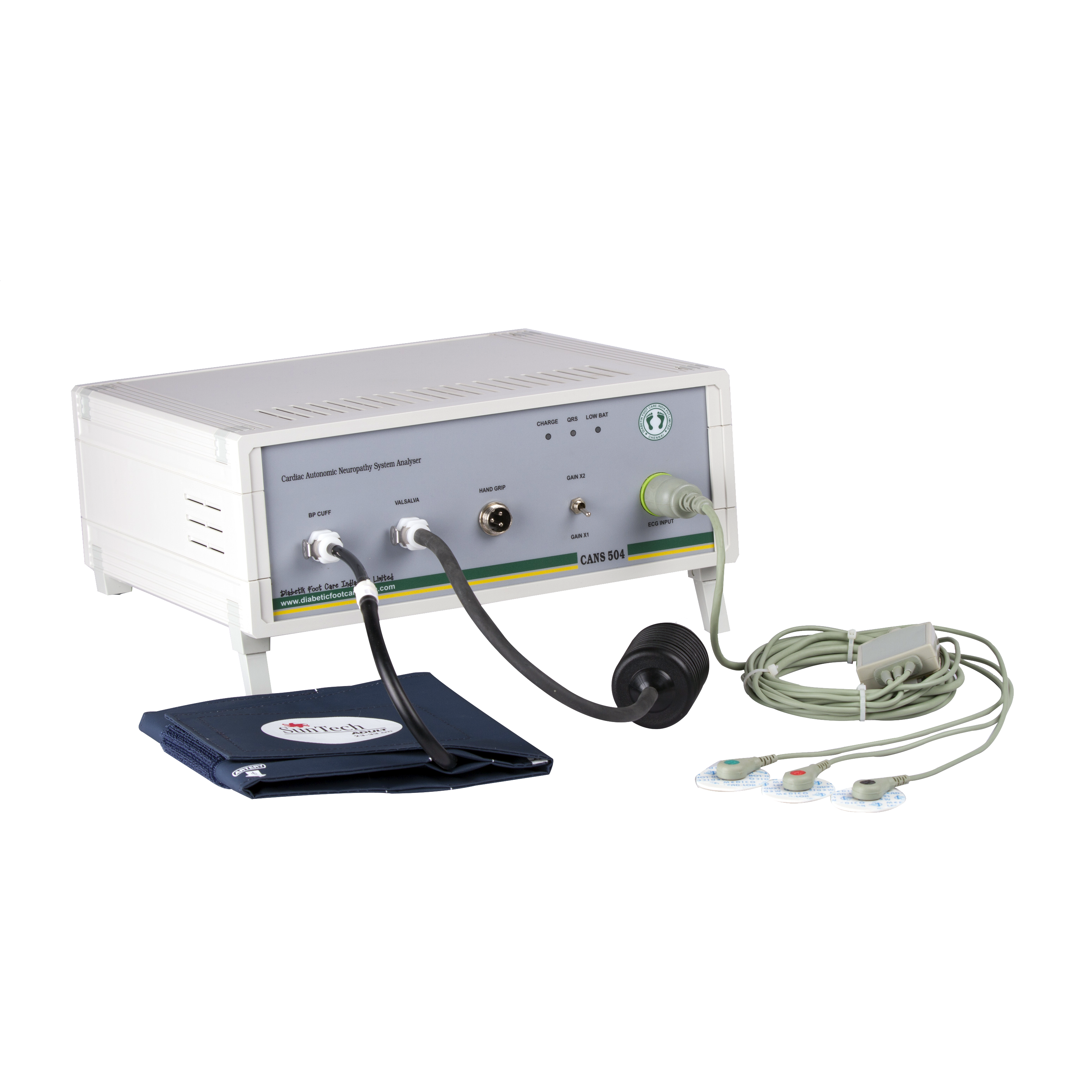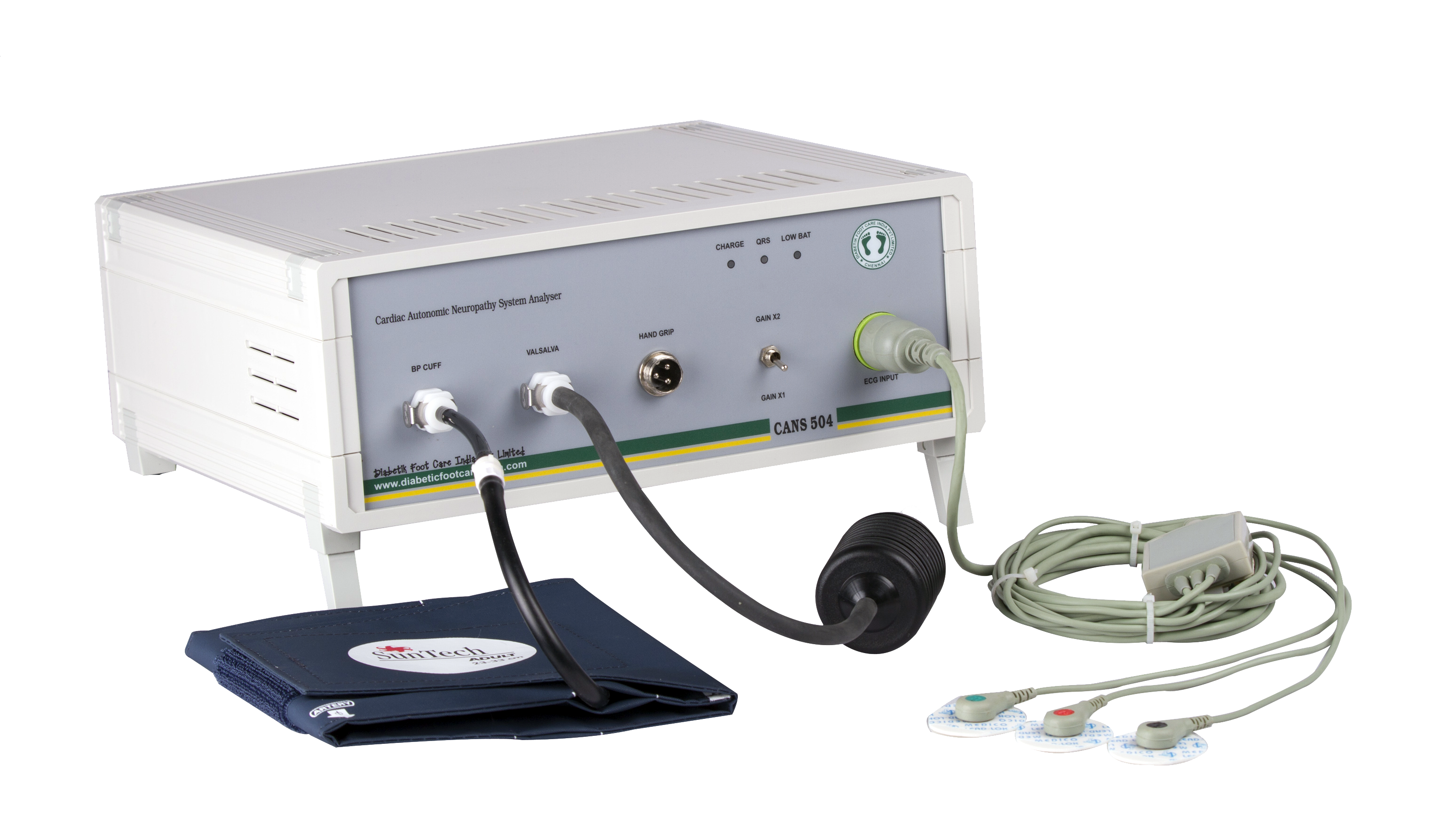
Cardiac Autonomic Neuropathy System Analyser - CANS504
Cardiac autonomic neuropathy (CAN) is a serious complication of diabetes mellitus (DM) that is strongly associated with approximately five-fold increased risk of cardiovascular mortality. CAN manifests in a spectrum of things, ranging from resting tachycardia and fixed heart rate (HR) to development of “silent” myocardial infarction.
The risk of developing autonomic dysfunction in DM depends on several factors. However, two of them are common to both type 1 DM (T1DM) and type 2 DM (T2DM): Degree of glycemic control and disease duration. Inadequate glucose control plays an important role in the initial pathophysiology as well as in its progression.
Heart rate (HR) variability is recognized as a chaotic signal with hidden constituents. HRV can be defined as an oscillation of RR intervals between each heartbeat that occurs as a result of ANS sympathetic and parasympathetic activities. The hypothesis that reduction of HRV reflects the suppression of vagal modulation and sympathetic dominance, resulting in higher mortality and arrhythmia, has been used as the basis for numerous studies, which have consistently confirmed this relationship
CAN is the impairment of cardiovascular autonomic control in the setting of diabetes after exclusion of other causes. Ewing et.al recommend five simple tests, the cardiac autonomic reflex tests, to establish the diagnosis: 1) HRV with deep breathing; 2) HRV lying to standing; 3) the Valsalva maneuver; 4) postural fall in blood pressure; and 5) blood pressure response to sustained handgrip. A single abnormal test may indicate early CAN, and three positive tests are recommended for a definite diagnosis.
CAN504 is a fully automated computer software driven system that can do the above tests and interprets the final out come based on Ewing recommendations.
Keywords
HRV
T1DM
T2DM
basis
CAN504
Degree
result
things
CANS504
setting
spectrum
handgrip
exclusion
sustained
final out
type 1 DM
type 2 DM
early CAN
reduction
heartbeat
impairment
hypothesis
arrhythmia
development
tachycardia
suppression
Ewing et.al
progression
oscillation
RR intervals
relationship
other causes
postural fall
chaotic signal
deep breathing
important role
ANS sympathetic
several factors
HR) variability
numerous studies
glycemic control
higher mortality
fixed heart rate
vagal modulation
disease duration
Valsalva maneuver
diabetes mellitus
five simple tests
definite diagnosis
hidden constituents
single abnormal test
serious complication
three positive tests
sympathetic dominance
Ewing recommendations
autonomic dysfunction
initial pathophysiology
five-fold increased risk
cardiovascular mortality
Inadequate glucose control
5) blood pressure response
parasympathetic activities
silent” myocardial infarction
cardiac autonomic reflex tests
cardiovascular autonomic control
automated computer software driven system
Cardiac Autonomic Neuropathy System Analyser

